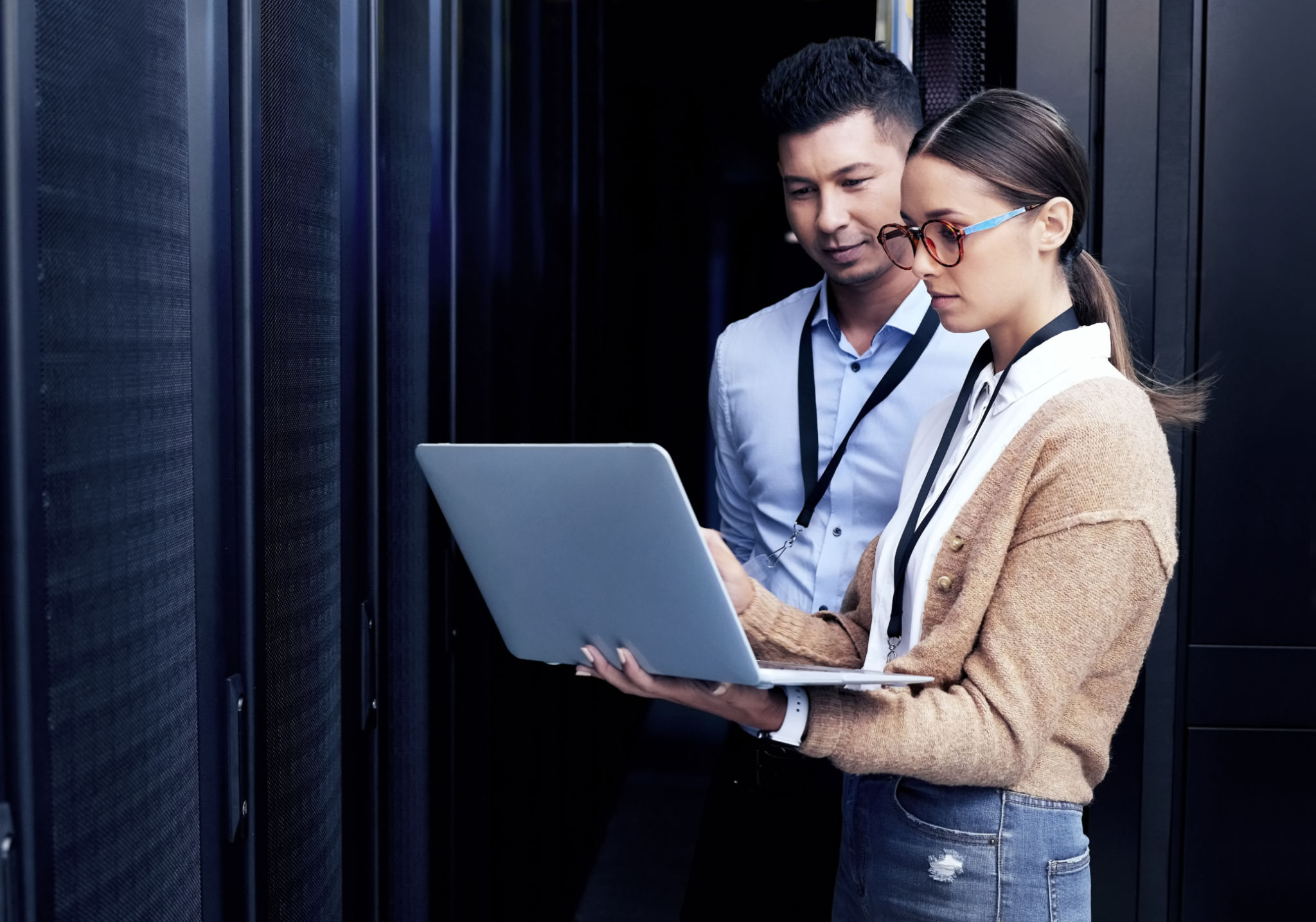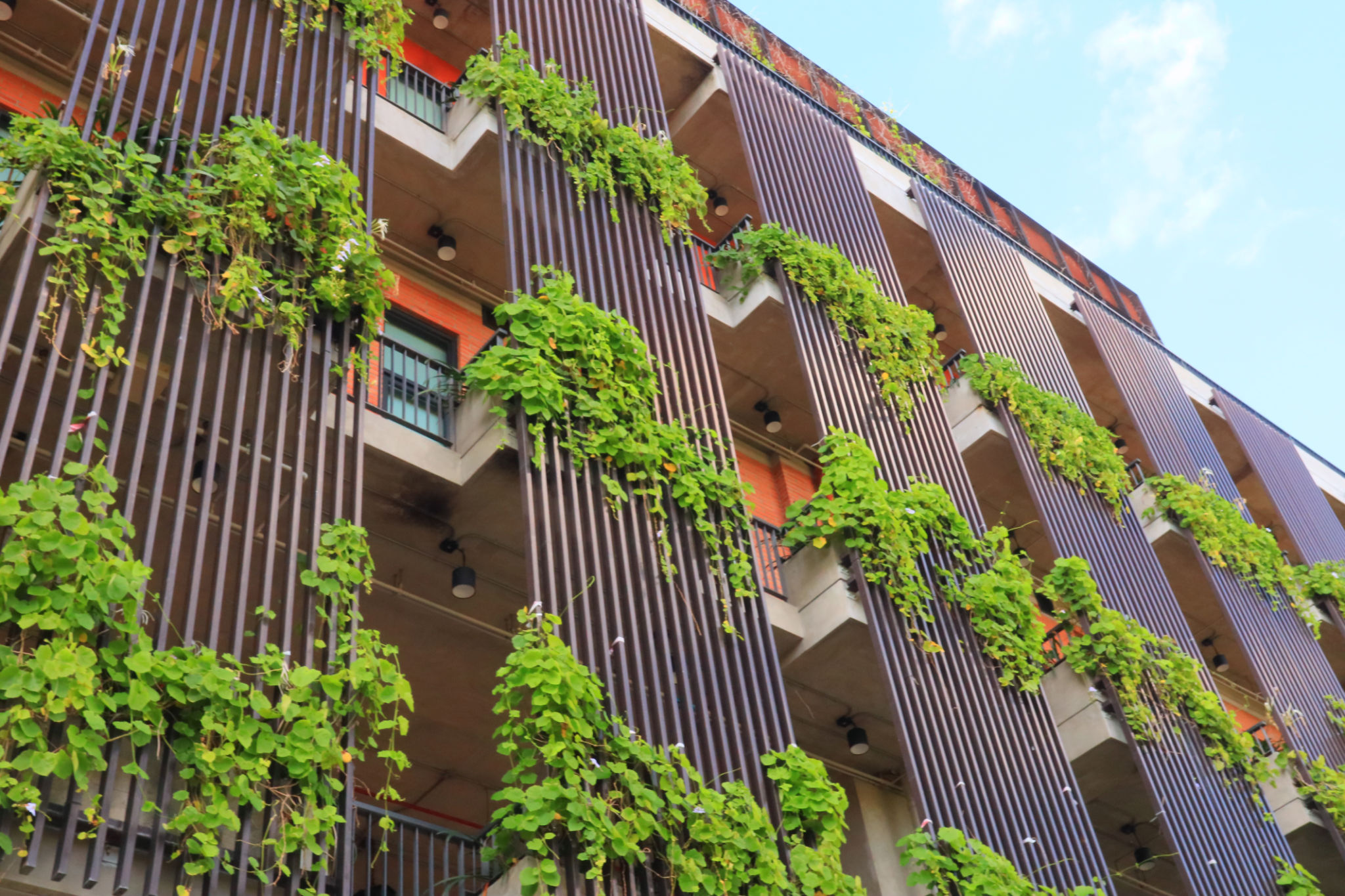A Comprehensive Guide to Facility Maintenance in Maricopa County
Introduction to Facility Maintenance
Facility maintenance is a critical aspect of managing any property, ensuring that buildings and their systems operate efficiently and safely. In Maricopa County, where the climate can be particularly harsh, maintaining facilities requires a strategic approach. This guide provides an overview of the essential elements of facility maintenance, helping property managers and owners stay ahead of potential issues.

Understanding the Basics
Facility maintenance encompasses a wide range of activities, from routine cleaning to complex repairs. The core objective is to maintain the functionality and aesthetics of buildings, ensuring they meet the needs of occupants. Key areas include HVAC systems, plumbing, electrical systems, and structural integrity.
Regular inspections and maintenance can prevent minor issues from becoming major problems. By establishing a comprehensive maintenance schedule, property managers can ensure that all systems are running optimally, reducing the risk of unexpected breakdowns.
Preventive vs. Reactive Maintenance
There are two primary approaches to facility maintenance: preventive and reactive. Preventive maintenance involves regular inspections and servicing to prevent issues before they occur. This proactive approach can extend the lifespan of equipment and reduce overall maintenance costs.
In contrast, reactive maintenance refers to repairs carried out after a failure has occurred. While sometimes unavoidable, relying solely on reactive maintenance can lead to increased downtime and higher repair costs.

Key Areas of Focus
For facility managers in Maricopa County, specific areas require particular attention due to the local climate. These include:
- HVAC Systems: With extreme temperatures common in the region, ensuring that heating and cooling systems are functioning properly is essential for comfort and energy efficiency.
- Roofing: The intense sun and occasional storms necessitate regular roof inspections to prevent leaks and structural damage.
- Landscaping: Drought-resistant landscaping is often necessary to maintain aesthetics while conserving water.
Implementing a Maintenance Plan
To effectively manage facility maintenance, it’s crucial to develop a detailed maintenance plan. This plan should outline the frequency of inspections and services for all major systems. Utilizing a computerized maintenance management system (CMMS) can streamline this process, providing reminders and tracking completed tasks.

The Role of Technology
Technology plays an increasingly important role in facility maintenance. Advanced software solutions offer real-time data on building systems, enabling predictive maintenance strategies. Smart sensors can detect issues such as water leaks or equipment malfunctions early, preventing costly damage.
The integration of Internet of Things (IoT) devices is another trend transforming facility management, offering unprecedented control and insight into building operations.
Sustainability in Facility Maintenance
Sustainability is a growing concern in facility management. Implementing eco-friendly practices not only helps the environment but can also reduce operating costs. Energy-efficient lighting, water-saving fixtures, and sustainable materials are just a few examples of how facilities can reduce their environmental footprint.

Conclusion
Effective facility maintenance in Maricopa County involves a combination of proactive strategies and the smart use of technology. By focusing on preventive maintenance, leveraging modern technology, and prioritizing sustainability, property managers can ensure their facilities remain safe, efficient, and appealing.
Ultimately, a well-maintained facility enhances occupant satisfaction and protects property investments for the long term.
